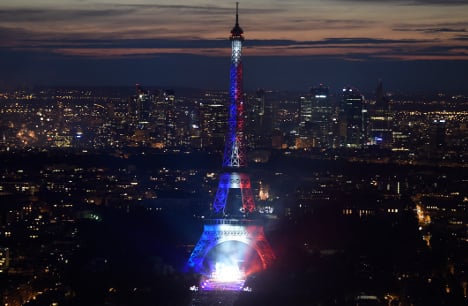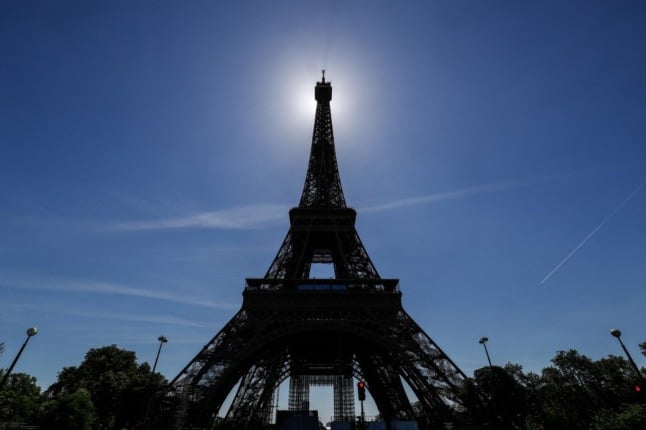The Iron Lady of Paris received 6.91 million visitors in 2015 compared with 7.1 million in 2014, according to the company that runs the 126-year-old monument.
“Before the tragic events hit the capital in November, visits were up one percent,” the company SETE said in a statement.
Gunmen and suicide bombers acting in the name of the Islamic State group attacked cafes, restaurants, a concert hall and the national stadium on November 13th, leaving 130 dead.
Management said visitors “hesitated” for about two weeks after the attack, a period during which the tower closed for two days and then partially opened for two days.
The Eiffel Tower, built in 1889 for the Exposition Universelle, was lit up in the blue, white and red of the French flag after the November attack.
The wrought iron tower, whose 20,000 special lightbulbs sparkle at night, attracts around seven million visitors a year.
According to SETE some 80 percent of visitors are foreigners, mainly from the United States and Canada, followed by those from Britain, Spain and Italy.
Another business casualty of the November attacks is the famous Paris restaurant Au Pied de Cochon, which has decided to close four nights a week after seeing receipts plunge 20 percent.
The restaurant by Les Halles – site of the former legendary food market nicknamed the “stomach of Paris” – had been open around the clock since 1947.



 Please whitelist us to continue reading.
Please whitelist us to continue reading.
Member comments